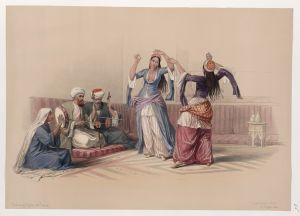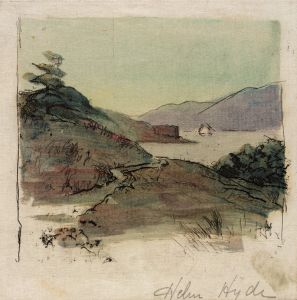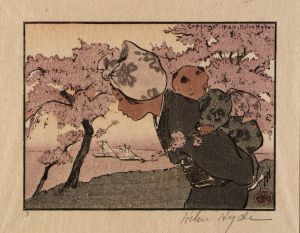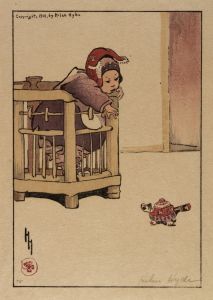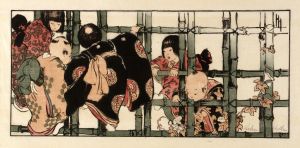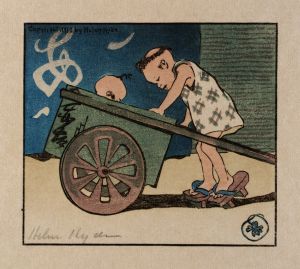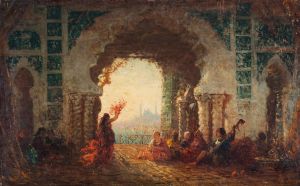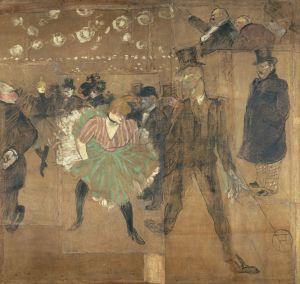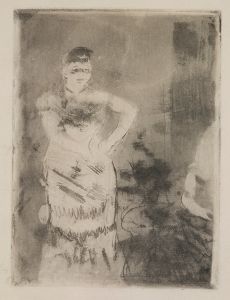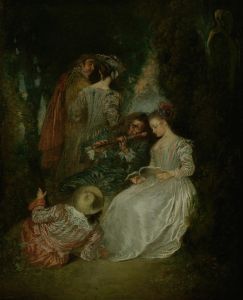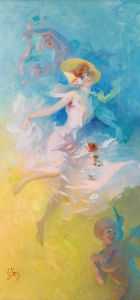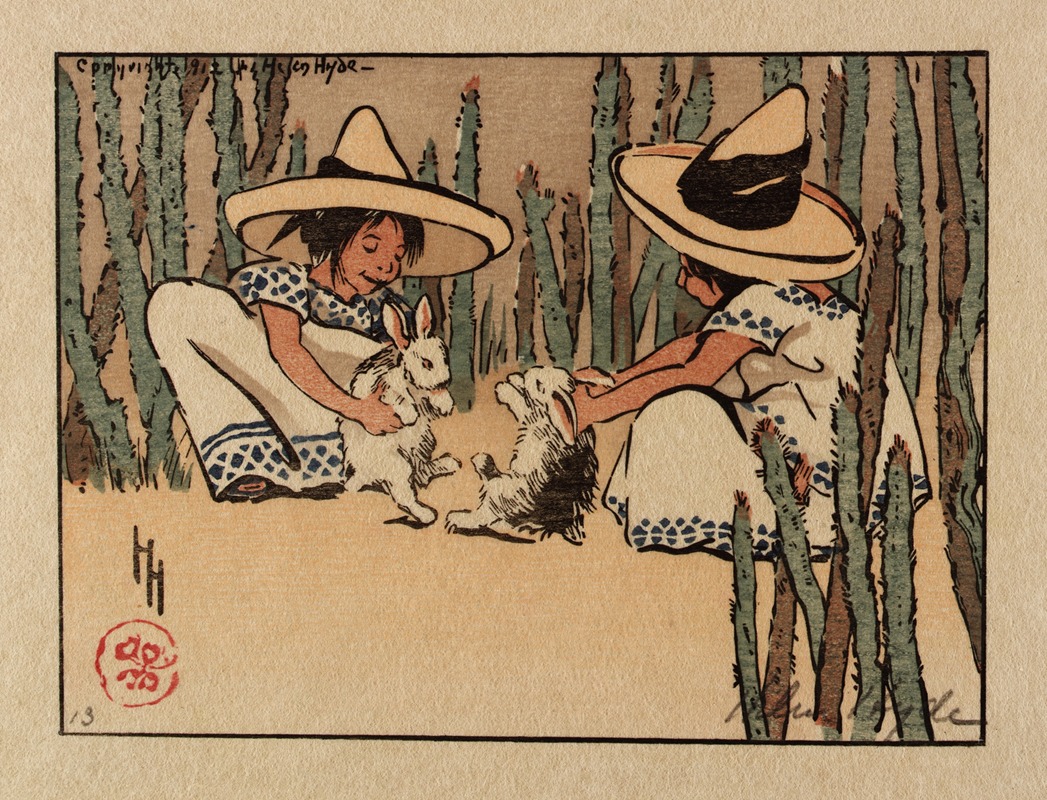
The Unwilling Dancers
A hand-painted replica of Helen Hyde’s masterpiece The Unwilling Dancers, meticulously crafted by professional artists to capture the true essence of the original. Each piece is created with museum-quality canvas and rare mineral pigments, carefully painted by experienced artists with delicate brushstrokes and rich, layered colors to perfectly recreate the texture of the original artwork. Unlike machine-printed reproductions, this hand-painted version brings the painting to life, infused with the artist’s emotions and skill in every stroke. Whether for personal collection or home decoration, it instantly elevates the artistic atmosphere of any space.
Helen Hyde (1868–1919) was an American artist known for her work in printmaking and painting, particularly her contributions to the Japonisme movement, which was characterized by the influence of Japanese art on Western artists. One of her notable works is "The Unwilling Dancers," which exemplifies her unique style and thematic focus.
"The Unwilling Dancers" is a color woodcut print created by Helen Hyde in 1912. This artwork is a testament to her fascination with Japanese culture and her mastery of the woodcut technique, which she learned during her time in Japan. Hyde spent several years in Japan, where she studied traditional Japanese woodblock printing methods, which significantly influenced her artistic style.
The print depicts a charming scene of two young children, presumably Japanese, engaged in a playful yet reluctant dance. The title, "The Unwilling Dancers," suggests a sense of hesitation or reluctance on the part of the children, adding a narrative element to the visual composition. Hyde's ability to capture the innocence and spontaneity of childhood is evident in this work, as she portrays the children with delicate lines and soft colors, characteristic of her printmaking style.
Hyde's technique in "The Unwilling Dancers" reflects her deep appreciation for Japanese aesthetics. She employed the traditional ukiyo-e method, which involves carving an image into a wooden block, applying ink, and then pressing it onto paper. This labor-intensive process requires precision and skill, both of which Hyde demonstrated in her work. Her prints often feature a harmonious blend of Western and Eastern artistic elements, making her a prominent figure in the cross-cultural exchange between the two regions during the early 20th century.
In addition to her technical prowess, Hyde's work is noted for its cultural sensitivity and respect for the subjects she portrayed. Unlike some of her contemporaries, who often exoticized or romanticized Eastern cultures, Hyde approached her subjects with genuine interest and empathy. This is evident in "The Unwilling Dancers," where the children are depicted with a sense of authenticity and warmth, rather than as mere exotic figures.
Helen Hyde's contributions to the art world extend beyond her individual works. She played a significant role in popularizing Japanese woodblock printing techniques in the United States and inspired a generation of artists to explore cross-cultural themes in their work. Her prints were widely exhibited and collected during her lifetime, and she received numerous accolades for her artistic achievements.
"The Unwilling Dancers" remains an important example of Hyde's work, showcasing her ability to blend cultural influences and capture the essence of her subjects with sensitivity and skill. Today, her prints are held in various public and private collections, where they continue to be appreciated for their artistic and historical significance.





